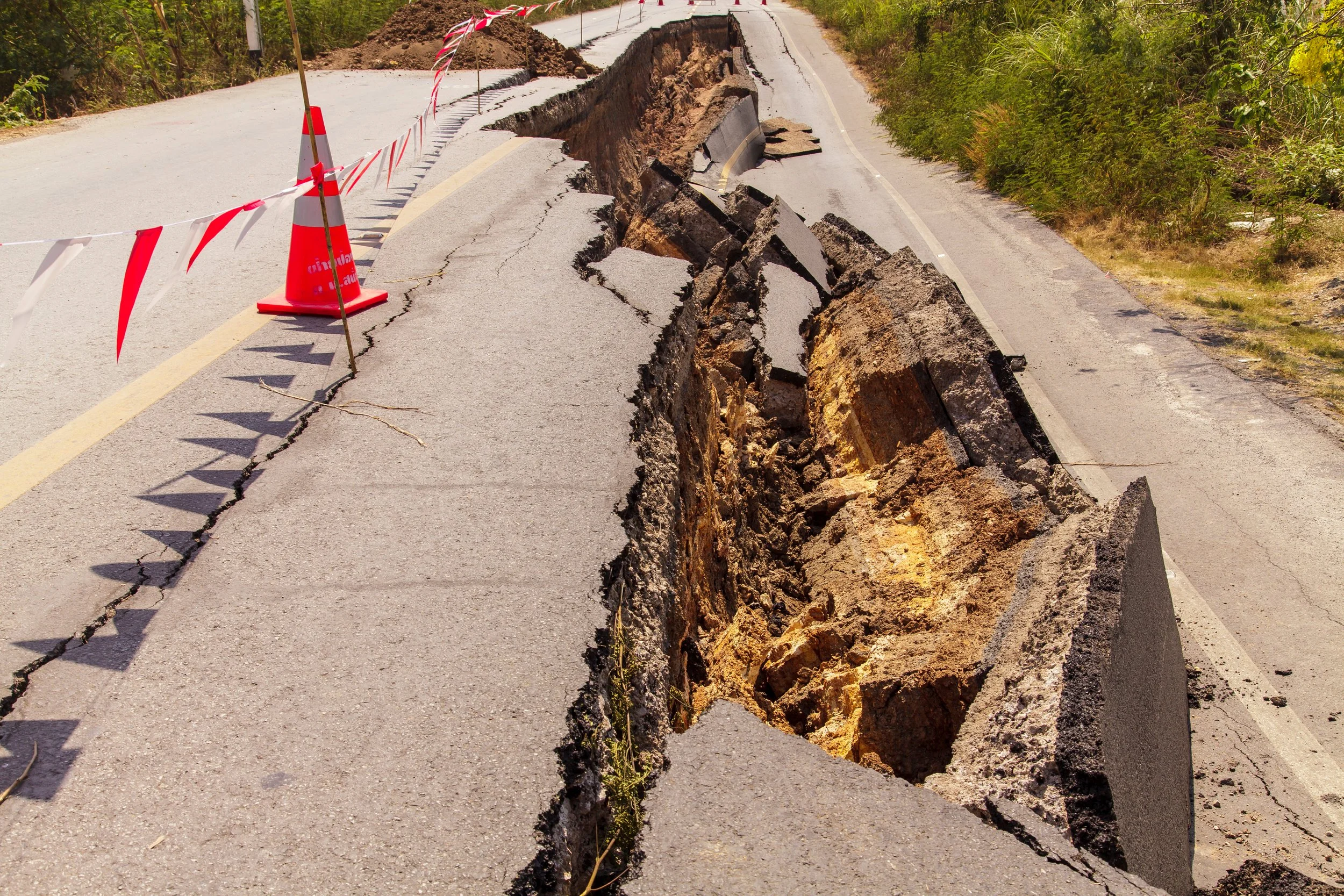How Municipalities Can Best Prepare For Natural Disasters
By Kara Stamets, Content Marketing Specialist, Alertus Technologies
A 4.8 magnitude earthquake recently hit New Jersey and was felt in the tristate region and parts of the northeast. It shocked millions of residents, disrupted school and work life, and caused flight delays. Unfortunately, area residents were left without official notification for some time — New York City officials sent the first NotifyNYC emergency alert 26 minutes after the earthquake hit, followed by a Wireless Emergency Alert 40 minutes later.
No critical damage resulted from the New Jersey quake, but it underscored the importance for municipalities to provide communities with adequate, timely warnings and updates to mitigate harm to lives and property.
How can cities improve their disaster response through effective, proven mass notification practices?
Assess risks and plan ahead: Various regions will encounter different types of weather and natural disasters, so municipalities should identify and assess risk levels for extreme events that are unique to their areas, like floods, droughts, hurricanes, earthquakes, tornados, and tsunamis. Then, they should develop or modify a disaster preparedness plan tailored to the distinct needs of their community.
Build awareness: Familiarize the community with the risks they face and actions they can take to prepare for natural disasters. This includes evacuation routes, what to include in emergency kits, important resources, and instructions for receiving emergency alerts.
Focus on creating redundancy: While SMS text and email remain very important means of mass communication, it is risky for city leaders to rely solely on these channels. Cellular network overload, internet disruptions, and power outages can slow notification reach, therefore municipalities should add alerting layers to their emergency notification methods – digital signage, indoor and outdoor speaker systems, and VoIP phones, for example. Doing so will increase the chance people see/receive the alert, and may take it more seriously.
Features to look for in a mass notification system:
Mobile alerting: When determining a mobile notification solution, administrators should seek solutions that provide customizable preset alerts that can be sent quickly, and provide real-time reports on who receives the message. Cell broadcasting technology allows city officials to instantly reach a wide audience using geo-targeted mobile push notifications. Messages can be sent in bulk to multiple devices without the need for individual phone numbers or subscribers.
Outdoor notification: Cities must utilize outdoor notification, such as High Power Speaker Arrays (HPSA) to provide wide-reaching, clear notifications. HPSAs rapidly disseminate critical information to large, outdoor areas using Text-to-Speech technology, pre-recorded messages, or siren tones. Alertus’ Mobile HPSA provides the same features but functions on a mobile trailer so it can be easily set up and taken down for natural disaster notifications.
Weather monitoring capabilities: While earthquakes can’t be predicted, we can track and better anticipate severe weather and other impending natural disasters. Threatwatcher™ broadcasts real-time weather updates and instant, site-specific warnings from AccuWeather Skyguard® Severe Weather Warnings, the National Weather Service, and Environment Canada National Warnings. These warnings can be delivered to users who receive SMS/TXT.



